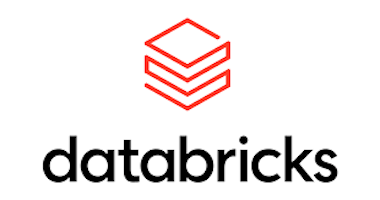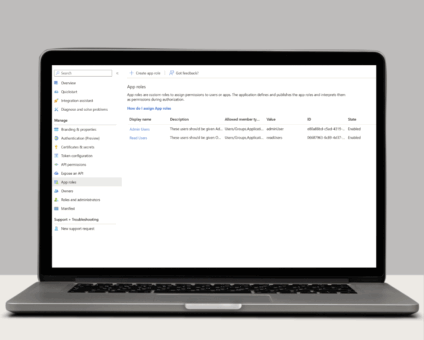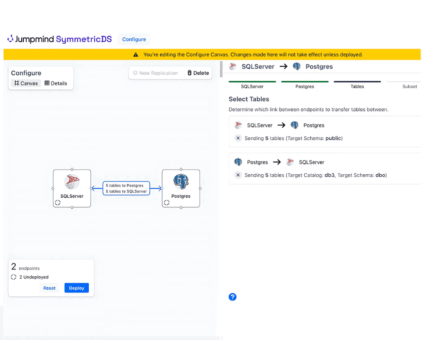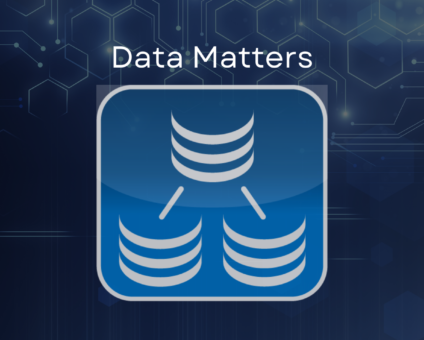COLUMBUS, Ohio – November 5, 2025 – 54% of North American retailers surveyed say they …
![]()
Cloud-native POS platform for seamless omnichannel customer experience.
![]()
A single hub for all promotions campaigns.
- Omnichannel ExperienceCreate seamless customer experiences
- Device IndependencePOS agnostic to form factor or operating system
- Self-CheckoutDo more with fewer associates
- Mobile StoreLeverage POS from anywhere
- POS on the GoEnable associates to sell outside of the store
- Unified PromotionsStreamline and simplify promotion workflows
- CX ConnectAllow customers to engage with POS during checkout
- Composable CommerceCreate the store experience you want
![]()
The most advanced synchronization solution for databases and file systems.
![]()
Data configuration and batch automation across different disparate systems and vendors.
-
Data Replication
- Multi-tier DistributionReplicate thousands of remote locations
- Cloud Database ReplicationCapture live changes from on-premise to the cloud
- High Availability and Load BalancingEnsure 24/7 access to data and scale efficiently with demand
- Analytics and ReportingCapture the whole picture with real-time reporting
- Multi-masterMaintain consistency of data in a peer to peer setup
- Data WarehouseReplicate live and historical data to a warehouse
- MigrationsConduct live data migration with no downtime
-
-
Data Integration
- Master Data ManagementChanges propagate across the entire system, allowing you to maintain a centralized view of all parts of your core business entities.
- Application IntegrationReduce dependencies, complexity, and risk to build a high-performance, data-driven application.
- Web ServicesIntegrate multiple systems using web services or build a business application using a service-oriented architecture.
- Data WarehouseIntegrate disparate data from multiple systems so you can transform data for better business intelligence and reporting.
- Data MigrationConduct live data migration during critical server replacements, storage upgrades, and data center relocations—with no downtime.
- ImplementationIntegration consultants help design, develop, and deploy an implementation of our products.
- DevelopmentThe product developers can add features, enhance existing functionality or build support for new platforms.
- TrainingEngage our experienced training resources to gain in-house knowledge and expertise on Jumpmind products.
- SupportLeverage product engineers to resolve issues, fix defects and provide updates or patches.
- Proof of ConceptDetermine the feasibility of implementing our products and get answers to your questions quickly.
36% of retailers say meeting the demands of hyper-informed customers is one of the top …
Physical retail is still where the magic happens. According to new research by RSR, 85% …
View all Blog Posts
Overview Organizations today face the challenge of consolidating data from on-premise and cloud-based systems into …
Single Sign-On with OAuth 2.0/OpenID Connect One of the many new features included in version …
The new release of SymmetricDS Pro 3.16 data replication software simplifies setup, improves performance, and …
View all Blog Posts
Jumpmind Powers Point of Sale and Promotions Execution for Landmark Retail, One of the Largest …
Retail Technology Leader Jumpmind to Enable Mobile Point of Sale and Inventory Management for DTLR/VILLA …
The retailer is charting its next chapter with retail technology modernization to power inspired omnichannel …
View all Customer Stories
Jumpmind Appoints Technology Veteran Mike Webster to Board of Directors Jumpmind recently welcomed Mike Webster …
The partnership will drive innovation, expand global reach, and reinforce Jumpmind’s position as a leader …
After nearly a century in business, the legendary Canadian fashion retailer is retooling to streamline …
View all Blog Posts
![]()
Cloud-native POS platform for seamless omnichannel customer experience.
![]()
A single hub for all promotions campaigns.
![]()
The most advanced synchronization solution for databases and file systems.
![]()
Data configuration and batch automation across different disparate systems and vendors.
-
Data Replication
-
-
Data Integration
-
Retail Retail trends, technology, and enhancing the customer experience
-
Data Thoughts on data matters, dialects, performance, and security
-
Customer Stories How Jumpmind impacts the businesses of our clients
-
Videos & Webinars Watch on demand demos, reviews, and tours of our products
-
Company News Get the scoop on Jumpmind's growth and impact
View all Blog Posts
Bridging Databases with Different Dependencies
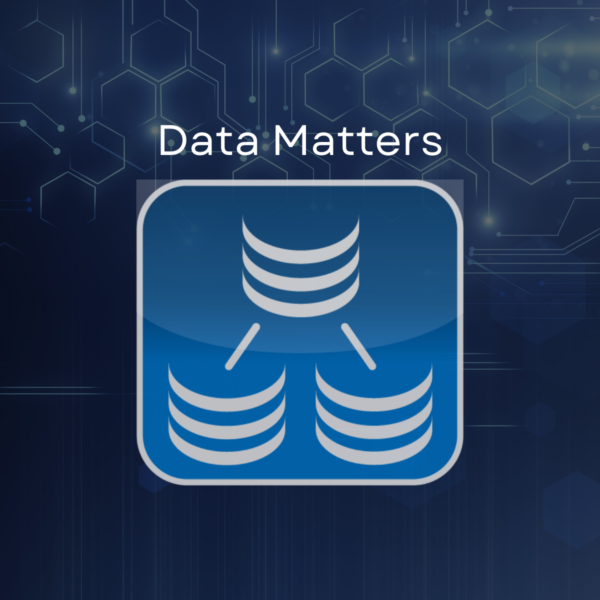
Bridge data between databases with data synchronization by using channels to re-order data when the dependencies in each database are different. Each application can model its data differently, so a parent row in one database might map to a child row in another one. Instead of using data transformation to lookup and add dependent data, the order of captured data can be changed to match the constraints of the target database.
Let’s look at two applications that persist customer and address information in their databases. A website database uses the model of “a Customer has an Address”, while a call center application uses “a Premise has a Contact”. We’d like to synchronize the data between the two databases with Customer to Contact and Address to Premise, but the dependencies don’t match on each side. As shown below, you can see the dependency of data is reversed between the two applications. On the website, an Address is created first, followed by a Customer. On the call center, the reverse order must be performed: a Contact is created first, followed by a Premise.
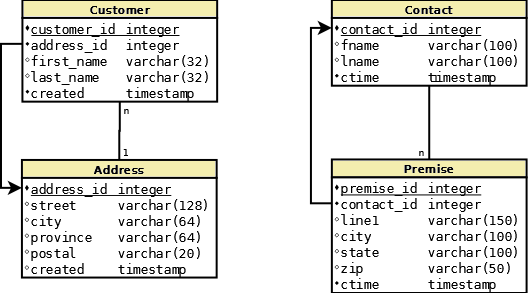
Mapping the tables for data synchronization is difficult when the system loads data the same way it was captured and the database enforces constraints. If Customer is mapped to Contact, and Address is mapped to Premise, the problem is that the data will arrive out of order for the target database. The website will save an Address and a Customer which are sent to call center. When the Address row is mapped and loaded into Premise on the call center, the database will throw a foreign key constraint because the dependent data for Contact hasn’t been loaded yet.
ERROR 1452 (23000): Cannot add or update a child row: a foreign key constraint fails (`callcenter`.`premise`, CONSTRAINT `premise_ibfk_1` FOREIGN KEY (`contact_id`) REFERENCES `contact` (`contact_id`))
Using Channels to Satisfy Dependencies
We can solve this problem by assigning the tables to channels with different priorities. Channels allow data that would normally be in the same batch together to be split into separate batches and loaded independently. Data is loaded from channels in the order specified by priority, so high priority channels load first. For example, we could create a channel named “parent” with a priority of 10 and a channel named “child” with a priority of 50.
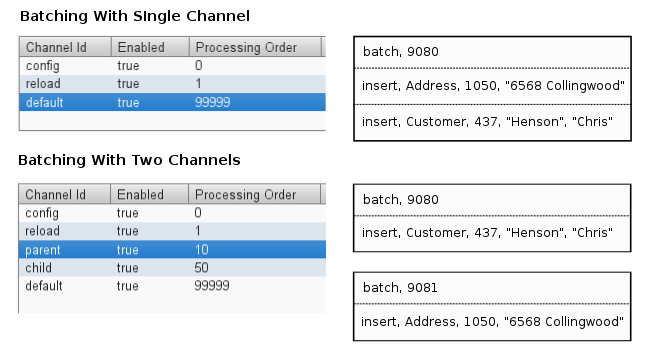
If we assign the Address table to the “child” channel and the Customer table to the “parent” channel, the rows are placed in separate batches, with the Customer data loading first. With the data in the correct order for the target database, now we can map columns and transform data to load Contact and Premise.
Conclusion
SymmetricDS can integrate data between two applications through data synchronization and transformation. We looked at how dependencies like foreign key constraints can make it challenging to map tables and columns between different databases. Channels provide a way to separate transactional data into batches that can be ordered and loaded independently, making the next step of transformation easier.



